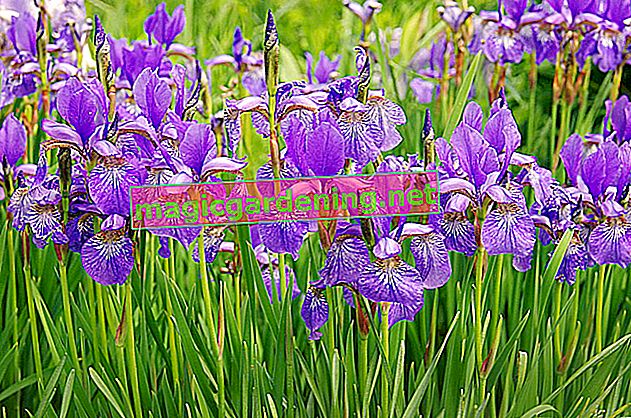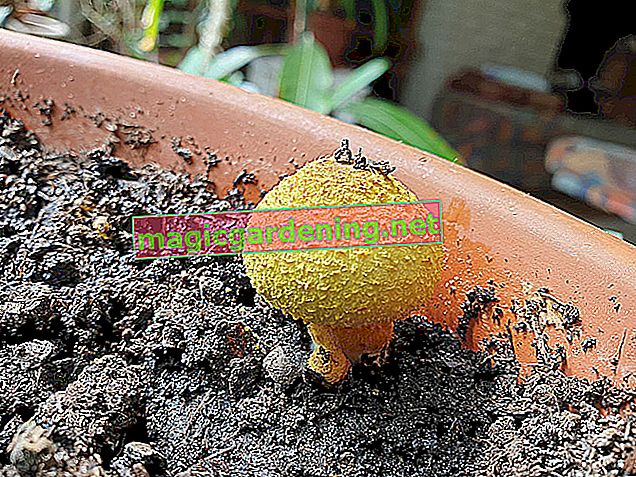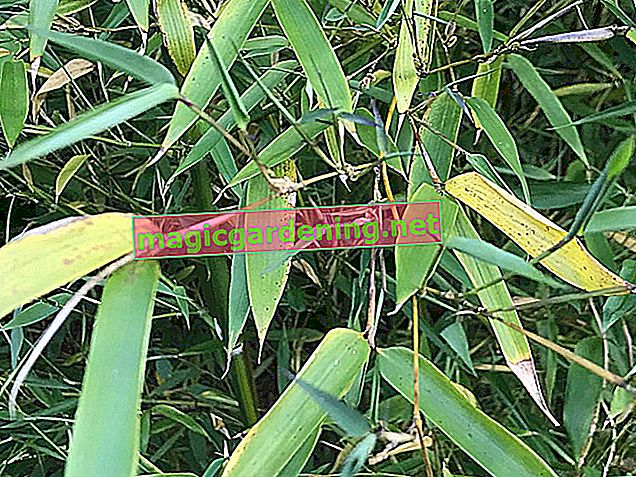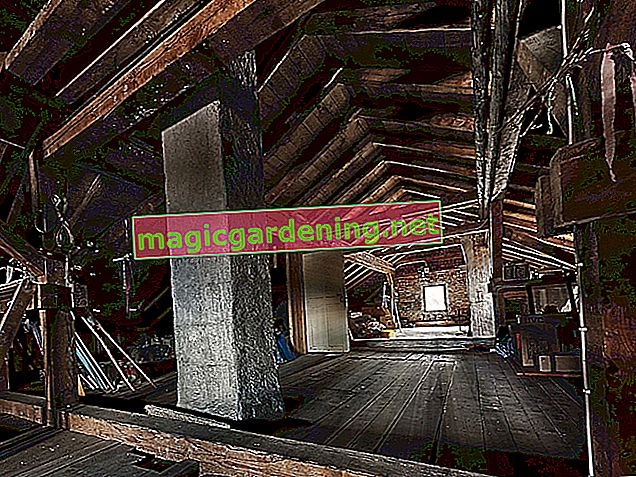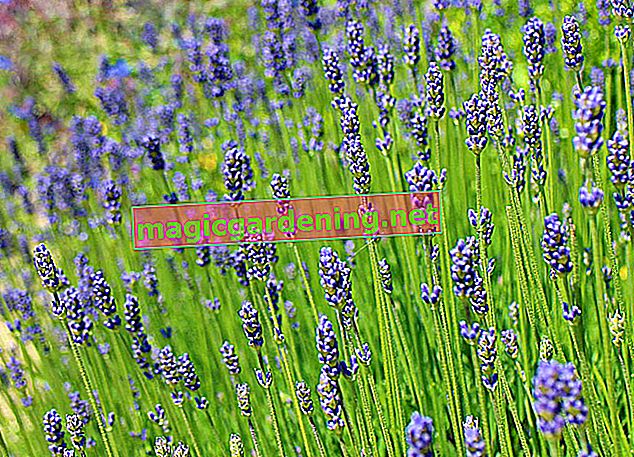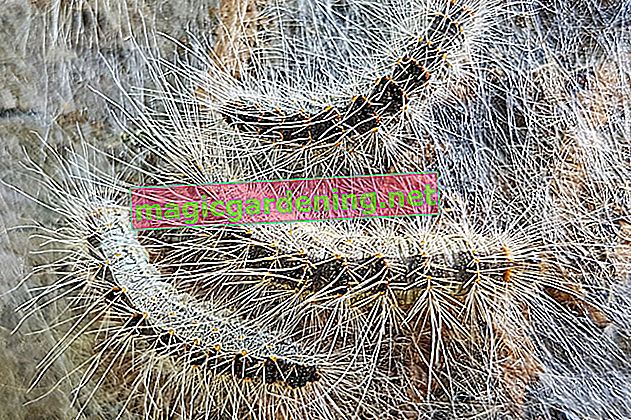
Wintering indoor begonias is easy to care for
As a rule of thumb during the winter: the warmer the room, the lighter it should be. If there is too little light, the leaves fall off. Because the begonia plants emit more CO 2 than they absorb through photosynthesis. In warm rooms, plant lights prevent leaf loss during winter.
also read
- Gold lacquer - winter outside or inside
- What rules should be observed for the correct care of begonias?
- The dwarf palm overwinter: indoors and outdoors
But even in cool rooms with too much light, begonias react by shedding leaves. Light increases the temperature on the leaf surface and activates photosynthesis. However, as fewer nutrients are transported due to the low room temperature, the plant reduces the foliage. A cold insulating or heated mat in the root area solves the problem.
Regardless of whether the room is warm or cool: For begonias, overwintering means a vegetative break with significantly less need for water and nutrients. The rule here is: less is more. And only pour enough that the root ball does not dry out completely.
Safely overwinter outdoor begonias
Begonias are not hardy. Therefore dig up in good time before the thermometer drops below 0 ° C. Shorten existing leaves to two centimeters and leave to rest in dry, loose plant substrate or wrapped in newspaper. The optimal winter location for begonia tubers is a frost-free area. Temperatures around 10 ° C are ideal.
Begonias are recommended when wintering in rooms and outdoors.
- Ventilate rooms regularly
- avoid direct sunlight
- do not fertilize
- moisten something
Keep dry during the winter rest period, otherwise the roots will rot! If you remove the soil completely, you must make sure that the tubers do not dry out! Because they have no protective scale leaves. Therefore, moisten the tubers lightly from time to time.
Are there hardy begonias?
These two types of begonia are considered to be relatively winter-proof.
- Begonia grandis ssp evansiana
- Begonia sinensis ssp evansiana
But be careful anyway. These supposedly frost-resistant begonias also need additional protection from the cold, such as a layer of brushwood.
Begonias care after the winter period
First begonia care steps from the end of February to the beginning of March: Put the open begonia bulb in the substrate and water. Move the begonias back to a warmer and lighter spot in the house.
When the first leafy green sprouts, you can start fertilizing again.
But only after the ice saints put the begonias back into the open air.
Begonias bloom profusely and especially in shady locations where hardly any plants thrive. They are therefore worth saving over the winter.
Tips & Tricks
If you want to save space when overwintering begonia plants, or if you know you are watering too much, you should remove the tubers from the soil. Make sure that you don't overwinter your outdoor begonias too warm. Otherwise they sprout too early and become horny.


